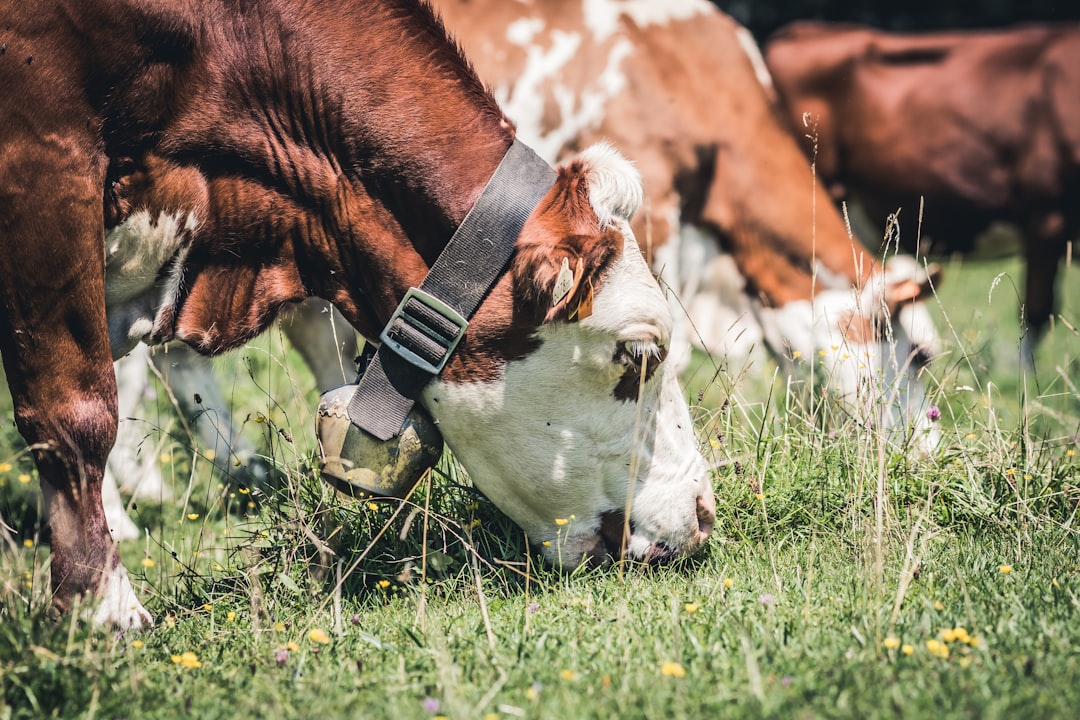Ruminants—cattle, sheep, goats, and other hoofed herbivores—often find themselves at the center of heated debates about sustainability and climate change. While concerns about methane emissions from livestock are valid, there’s another side to the story that’s gaining traction among ecologists, regenerative farmers, and sustainable agriculture advocates.
When managed properly, ruminants can be powerful allies in healing land, building soil health, and even helping to combat climate change through natural carbon sequestration. In this post, we dive into the vital role these animals play in sustainable agriculture—and how smart grazing practices can turn them from climate culprits into climate contributors.
Understanding Ruminants and Their Ecosystem Role
Ruminants are unique among livestock due to their specialized digestive systems. Their four-chambered stomachs allow them to break down cellulose-rich plants—like grasses—that humans and many other animals cannot digest. This trait makes them especially suited for turning low-quality forage into nutrient-dense food (meat and milk), but their contributions go far beyond productivity.
When managed holistically, ruminants help mimic natural grazing patterns that grassland ecosystems have evolved with for millennia. This symbiotic relationship between animals and land is key to many sustainable agriculture practices.
The Power of Grazing: Nature’s Land Management Tool
Mimicking Nature’s Blueprint
Before modern agriculture, vast herds of wild herbivores roamed the earth, closely packed for safety and constantly moving to find fresh forage. Their grazing patterns stimulated plant growth, improved soil fertility through manure, and helped cycle nutrients.
Regenerative farmers today aim to replicate this natural system with rotational or adaptive grazing, where livestock are moved frequently between paddocks, preventing overgrazing and allowing pastures to recover. This style of management can:
-
Increase plant diversity and density
-
Improve water retention in soil
-
Enhance root systems and organic matter
-
Disrupt pest and weed cycles without chemicals
Animal Impact as a Tool
Ruminants can also serve as biological tools for land restoration. Their hooves gently disturb the soil surface, helping incorporate organic matter and seeds. Their manure acts as a natural fertilizer, reintroducing nutrients into the ecosystem.
When carefully managed, grazing animals reduce the need for synthetic fertilizers and mechanical tillage—both of which contribute to greenhouse gas emissions and soil degradation.
Soil Health: The Foundation of Sustainable Farming
Healthy soil is alive, teeming with microorganisms, fungi, and insects that support nutrient cycling and plant growth. Ruminants play a surprising role in maintaining and improving this vital resource.
Building Soil Organic Matter
One of the clearest benefits of managed grazing is its effect on soil organic matter (SOM)—the decomposed remains of plants and animals. SOM is essential for:
-
Storing nutrients for crops
-
Improving soil structure and water infiltration
-
Feeding microbial life underground
By stimulating root growth and returning plant material and manure to the soil surface, grazing animals accelerate the natural processes that build SOM.
Enhancing Microbial Life
The complex microbial ecosystem in the soil thrives on carbon exudates from roots and decomposing organic matter. Livestock contribute to this life cycle not only through manure but by supporting plant diversity, which leads to a wider range of root exudates that feed different types of microbes.
This dynamic interaction improves soil fertility, plant health, and overall farm resilience.
Carbon Sequestration: Turning Pastures into Climate Solutions
Perhaps the most powerful and misunderstood contribution of ruminants is their ability to sequester carbon—pulling CO₂ from the atmosphere and locking it in the soil as organic matter.
Grazing and the Carbon Cycle
Through photosynthesis, plants draw carbon from the atmosphere and store it in their roots and leaves. When grazed properly, plants respond by regrowing vigorously, which increases their carbon uptake. At the same time, strong root systems grow deeper into the soil, depositing carbon below the surface where it can stay for decades or longer.
Research has shown that well-managed grazing systems can offset or even surpass the methane emissions produced by ruminants, depending on context, soil type, climate, and management practices.
Methane: A Nuanced Perspective
It’s important to note that while ruminants emit methane, this gas breaks down in the atmosphere after about 10–12 years. In contrast, carbon dioxide from fossil fuels persists for centuries. Moreover, methane from ruminants is part of a biogenic carbon cycle—it’s recycled through natural processes—while CO₂ from fossil fuels introduces ancient carbon into the modern atmosphere.
This doesn’t mean methane isn’t a concern, but it suggests that reducing emissions through better management, rather than eliminating ruminants entirely, may be a more balanced and climate-smart solution.
The Path Forward: Responsible Ruminant Integration
To harness the benefits of ruminants in sustainable agriculture, several principles are key:
-
Rotate and Rest: Avoid continuous grazing. Move animals frequently and give pastures time to regenerate.
-
Manage Stocking Density: Keep herds tightly grouped and on the move, emulating natural herd behavior.
-
Monitor and Adapt: Use observational tools and data to adjust grazing patterns based on forage availability and climate conditions.
-
Rebuild Grasslands: Integrate livestock into degraded lands to restore native grasses and revitalize soil function.
-
Educate and Collaborate: Encourage knowledge sharing between farmers, scientists, and policy makers to scale best practices.
Conclusion: Ruminants as Regenerators
Ruminants are often painted as part of the problem in conversations about agriculture and climate—but when managed holistically, they are very much part of the solution.
By mimicking nature’s time-tested systems, ethical grazing of ruminants can regenerate soil, sequester carbon, and improve biodiversity—all while producing nutrient-rich food. Sustainable agriculture is not about removing animals from the equation, but about reintegrating them wisely into a balanced, circular system.
The future of farming lies not in extremes, but in harmony—and ruminants, managed responsibly, are key players in building a more resilient and regenerative food system.

Comments
No comments yet. Be the first to comment!
You must be logged in to comment. Login